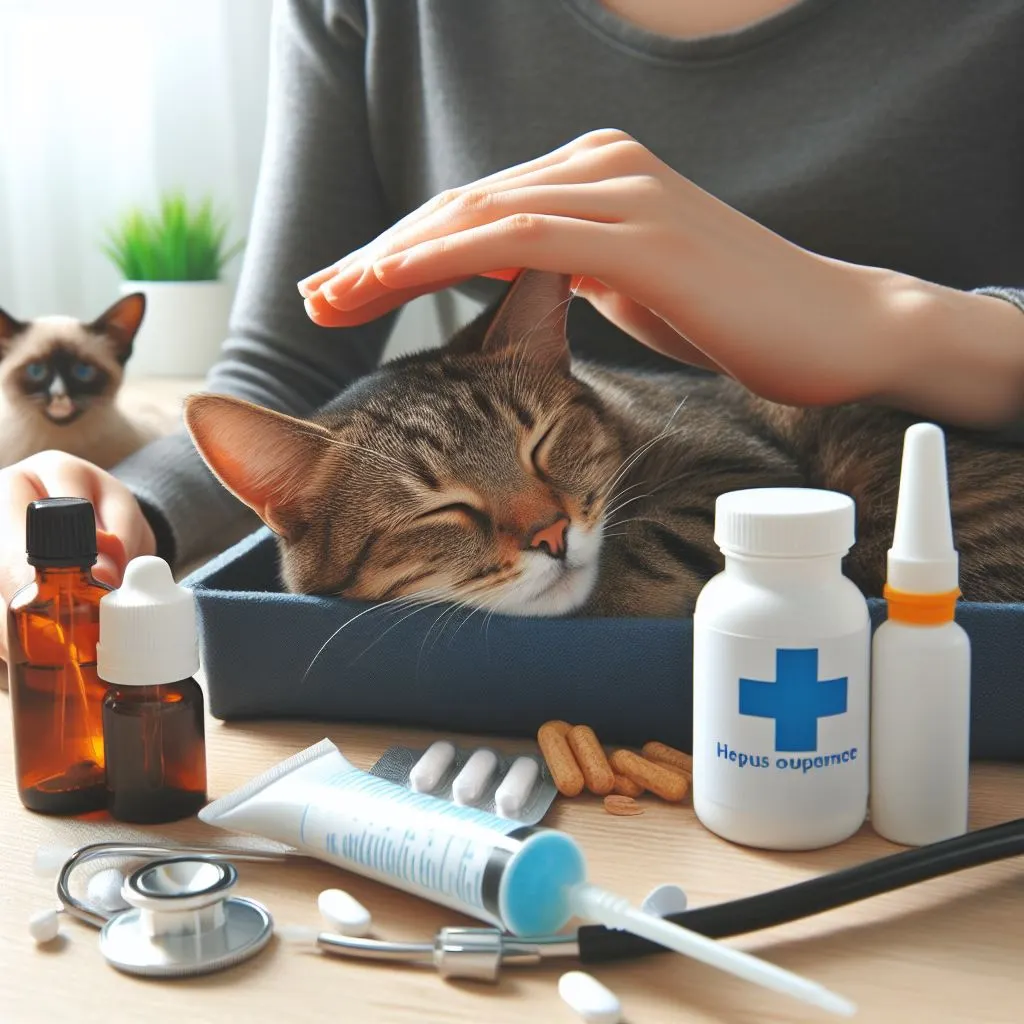Cats hold a special place in our hearts, becoming cherished members of our families with their playful antics and affectionate purrs. However, as beloved as they are, they are not immune to accidents or illnesses. Just like humans, cats can face unexpected medical emergencies that require prompt attention. This is where cat insurance comes into play, offering financial protection and peace of mind for pet owners. In this comprehensive guide, we’ll explore the ins and outs of cat insurance, why it’s essential, how it works, and what to consider when choosing a policy for your furry friend.
Understanding Cat Insurance
Cat insurance, also known as pet insurance, is a type of coverage designed to help offset the cost of veterinary care for your feline companion. It operates on a reimbursement model, where pet owners pay for veterinary services upfront and then submit a claim to their insurance provider for a portion of the expenses to be reimbursed. This can include everything from routine check-ups and vaccinations to emergency surgeries and treatments for chronic conditions.
Why Cat Insurance Matters
Financial Protection: Veterinary care can be expensive, especially in the case of unexpected emergencies or chronic illnesses. Cat insurance provides a safety net, ensuring that you can provide the best possible care for your cat without worrying about the cost.
Peace of Mind: Knowing that you have insurance coverage for your cat allows you to make healthcare decisions based on what’s best for your pet, rather than being constrained by financial concerns.
Preventive Care: Many cat insurance policies cover routine check-ups and preventative treatments, encouraging pet owners to stay proactive about their cat’s health and well-being.
Emergency Preparedness: Cats are curious creatures, and accidents can happen when you least expect them. With cat insurance, you’re prepared for the unexpected, whether it’s a broken bone from a fall or ingestion of a toxic substance.
How Cat Insurance Works
Choosing a Policy: There are various types of cat insurance policies available, ranging from basic coverage for accidents and illnesses to more comprehensive plans that also include routine care. It’s essential to evaluate your cat’s needs, your budget, and the coverage options offered by different insurance providers.
Premiums and Deductibles: Like any insurance policy, cat insurance requires payment of monthly or annual premiums. Additionally, there may be deductibles to meet before the insurance coverage kicks in. It’s crucial to understand the cost structure of the policy you choose and how it fits into your budget.
Submitting Claims: When your cat receives veterinary care, you’ll need to pay the bill upfront and then submit a claim to your insurance provider for reimbursement. Be sure to keep detailed records of all veterinary expenses and follow the claims process outlined by your insurance company.
Reimbursement: After submitting a claim, the insurance company will review the documentation and reimburse you for eligible expenses according to the terms of your policy. This reimbursement can be a percentage of the total cost, with higher premiums often corresponding to higher reimbursement rates.
Factors to Consider When Choosing Cat Insurance
Coverage Limits: Check the coverage limits and exclusions of the policy to ensure it meets your cat’s needs. Some policies may have annual or lifetime caps on coverage, while others may exclude certain pre-existing conditions.
Cost vs. Coverage: Consider the balance between premiums and coverage. A lower premium may result in higher out-of-pocket expenses when your cat requires veterinary care, while a higher premium may provide more comprehensive coverage.
Provider Reputation: Research the reputation and financial stability of the insurance provider. Look for reviews from other pet owners and check for any complaints or regulatory actions against the company.
Waiting Periods: Be aware of any waiting periods before coverage takes effect. Some policies may have waiting periods for certain conditions or treatments, so it’s essential to understand when your cat will be fully covered.
Conclusion
Cat insurance offers valuable protection for your feline companion, ensuring that they receive the care they need when they need it most. By understanding how cat insurance works and what factors to consider when choosing a policy, you can provide your cat with the best possible healthcare while also safeguarding your finances. Whether it’s a routine check-up or a sudden medical emergency, cat insurance provides peace of mind, allowing you to focus on what matters most: the health and happiness of your beloved pet.

